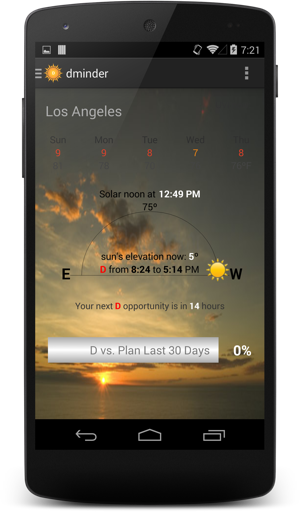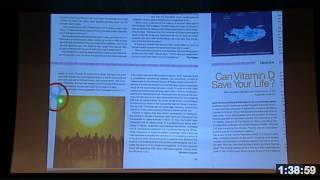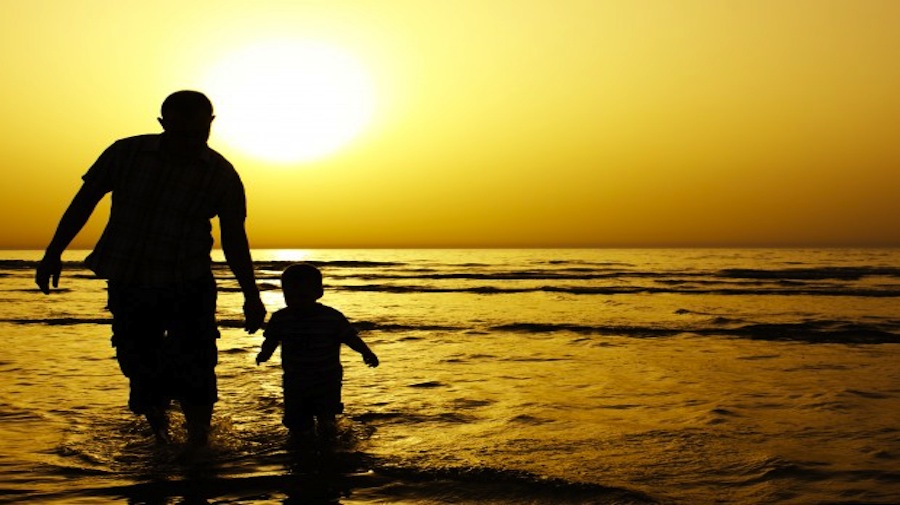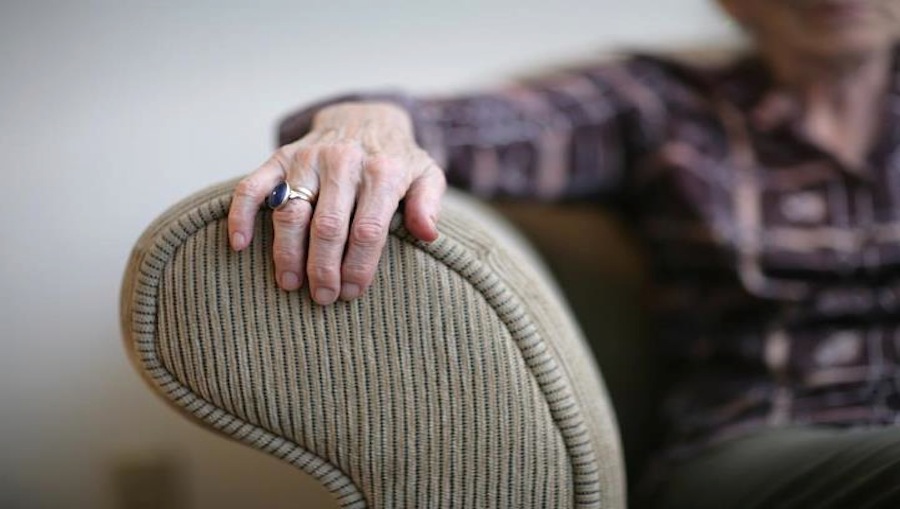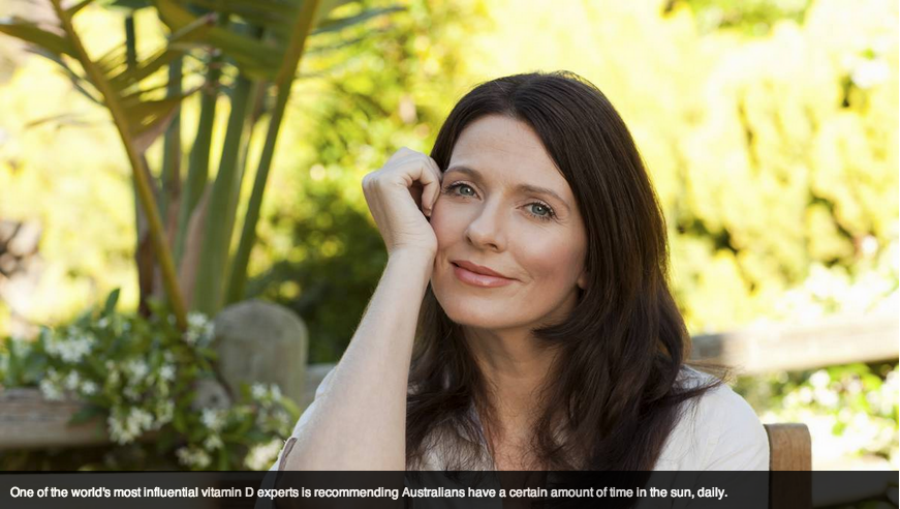News Stay updated!
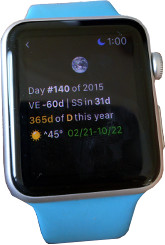
Watch Version.
Super excited about the iWatch: you can start a sun session without even pulling your phone out of your pocket. The Glance screen shows you a ton of useful information in realtime, everything from Solar Noon, max and current elevation angles to the D window times.
The Annual view shows you where we are in the year, how many more days of D there are, and what and when the next and prior celestial events are.
You can also setup burn timers on the watch, telling the app what SPF sun screen you applied and then based on your skin type and the realtime conditions, it will notify you when you need to reapply the sunscreen (or go inside).
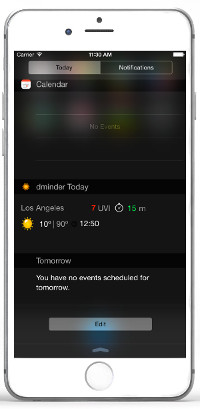
Today Extension.
Realtime data in the Today drawer on all iOS 8+ devices. The icon shows the D when the window for making D is open. Note the UV index is not rounded and is recomputed constantly as the elevation angle and/or ozone change. The time value in green is how long you can stay in the sun without burning (for your skin type of course).
The angles shown are the current elevation angle (again, realtime) and the max elevation angle including the time it will reach that (also known as Solar Noon).
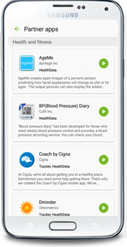
A Samsung health partner.
We were approached by Samsung about joining their Health Partner program. Believe it or not there are now two generations of Samsung phones that have UV sensors on them! We added support in the app that is pretty fantastic. You simply point the phone at the sun and presto, it gets the UV index and uses it to compute the rate.
The best part is if it's at all overcast. You can literally be taking sun and if a cloud rolls in front of the sun simply resample the UV index and it will adjust the rate.
All your D doses (sun and supplement) go into the S Health app where you can see them alongside other data you are tracking. Also, there is a screen that you can install a tile on that shows the UV index in realtime and you can simply tap it to go to the Timer or the Forecast screen.
The app appears in the partner gallery on the new S6.
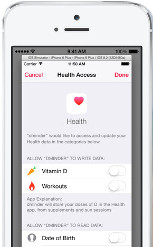
Integrated with the Apple Health
Apple Health is a hub for all your health related data and activity tracking. We used to store your data just in a file in icloud. Now, we can pass that data on to Apple Health where you can see it with all the other things you are tracking.
Exciting new version coming with ios 9.
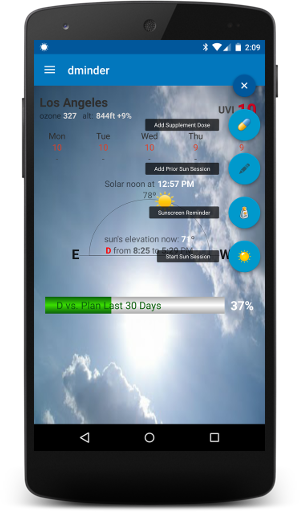
Material Design.
Who doesn't love Material, the new UI framework on Android?
The application already had a design that was pretty aligned with Material design principles, but we made a lot of really nice changes, including putting the Fab in a number of places, so you can easily add doses (solar or supplements).
The tablet design was improved at the same time.
dminder for Android launched
The Android version is in the Play Store! Works great on tablets too.
A lot of new thinking went into the Android version (backport to iOS coming soon). The amount of UVB is now computed in realtime, from the elevation angle and ozone. The UV index is also computed.
A lot more features coming soon.
University Lecture: The D-Lightful Vitamin D for Health
The 2013 University Lecture titled, The D-Lightful Vitamin D for Health was presented by Michael F. Holick, PhD, MD, Professor of Medicine, Physiology and Biophysics at the Boston University School of Medicine.
Featured in a Sundance Short Subject Semifinalist Film
Long time member of our dev team David Paul Meyer (who's also a filmmaker) made a short about the app for this year's short subject competition.
Am I deficient in vitamin D?
For a number of reasons, many people aren’t getting enough vitamin D to stay healthy. This is called vitamin D deficiency.
Vitamin D Deficiency: The Hidden Epidemic
Australia is in the grip of a hidden epidemic of "sunshine vitamin" deficiency, according to one of the world's foremost experts, US Professor Michael F. Holick...
Are you getting enough D?
One of the world's most influential vitamin D experts is recommending Australians have a certain amount of time in the sun, daily

